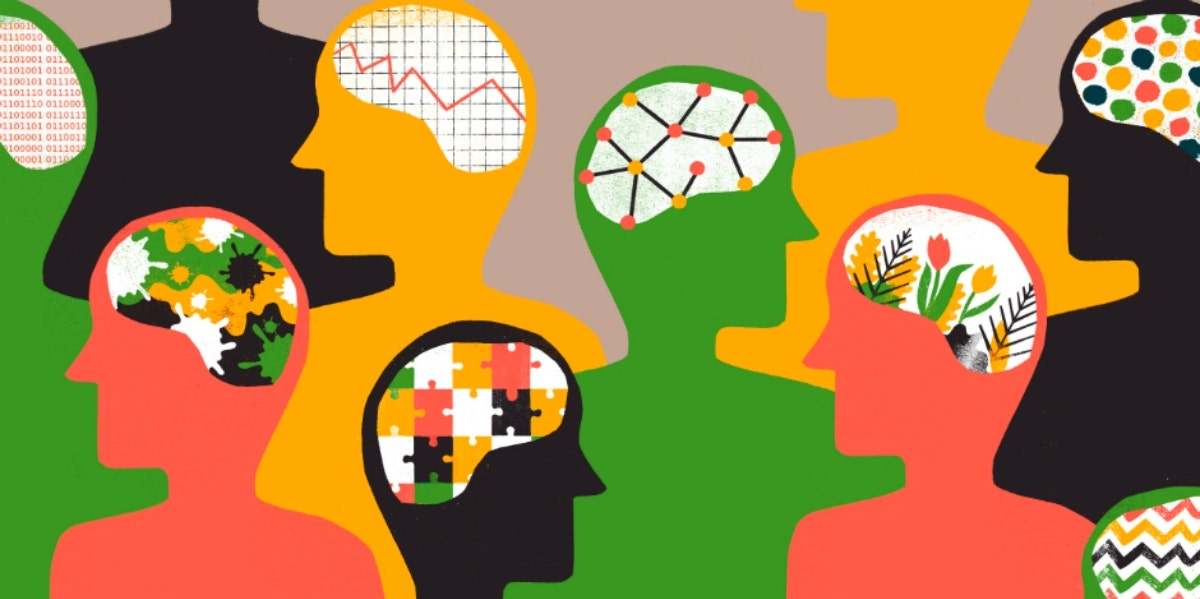Scientists Can Zap Mice Brains To Make Them More Social — Is This The Cure For Social Anxiety?
Some say it could be
 Getty
Getty Scientists claim to have figured out how to make mice more social.
They’ve taken agitated fur buddies who were formerly aggressive or standoffish toward one another and turned them into lifelong friends, just by exposing them to the same frequency of light.
The process is called optogenetics, and it’s being used to figure out if individuals can become more social and collaborative.
Zapping mice brains to fix social anxiety
Neuroscientists at Northwestern accomplished the feat by implanting devices inside the two new best friends’ brains, and these devices shine blue light that alters the animals’ brain patterns.
If the blue light fires at the same pace and speed, then the two mouse minds literally sync up. It’s thought that this makes them more interested in being around each other. It’s unclear whether or not the same process would work in people, but there’s plenty of research already into the idea of syncing brain frequencies in humans.
There are actual procedures being tested right now using a variety of methods to change brain activity. One promising technique called T.M.S. uses magnetic pulses.
Is this a cure for social anxiety?
It’s very likely that the Northwestern results suggest that the mice became more social toward one another because of the syncing frequencies. If the research continues and more tests discover that this idea holds up, then there’s no reason to think that humans won’t benefit sometime in the future.
Biohacking is already a wildly popular pursuit. Some people love to push their abilities to their maximum potential through incorporating technology into their bodies and lives. With an implant that could create the same results as it did in mice at Northwestern, we may be able to at least sync up with one other person, if not eventually see a scenario where social anxiety is totally wiped out.
What is interbrain synchrony and how does it work?
The phenomenon of syncing brain frequencies is called interbrain synchrony, or interbrain synchronization, and research began on the subject in the early 2000s. At first, it was thought to be a bit too out there for mainstream neuroscience. Many compared it to paranormal or other unexplained phenomena that oftentimes won’t hold up in a lab.
But something about this one was different. After ongoing study, we’ve found out a great deal about how our minds can in fact sync up. And it’s actually observed fairly often. Brain frequencies sync in a variety of circumstances.
When in competition, whether it be sports or some sort of game, humans synchronize their brains to one another’s quite naturally. The sequence of collaboration and prediction is thought to be a way that the human mind analyzes a situation and the other person in it with them.
Some research has shown that when people engage in joint activity, they benefit from increased social behavior and higher levels of empathy. So there really may be something to your neighbors taking all those hikes together as a family. Overcoming challenges as a group is often part of team building curriculums, and this research could possibly apply to professional environments as well.
Can synching brains really eliminate anxiety?
It’s difficult to make that leap, especially with such limited testing. Right now, there are indications that joint activity can sync brain activity, and that it possibly leads to increased social activity and empathy. That’s not quite the same as eliminating anxiety or treating the effects of it.
We also don’t yet know for certain whether or not interbrain synchrony has any actual impact on behavior. Other neuroscientists argue that syncing brain activity has no functional effects at all.
Critics point out that brains can synchronize simply by having a conversation with another person. People experience interbrain synchronization in many different scenarios that are actually fairly unexciting, which points to the possibility that it’s not actually doing much at all. Or that it’s simply a side effect of collaboration and social activity, and not a cause.
While some in the field remain unconvinced, there’s a growing body of evidence that seems to point to the fact that this is a strong lead to follow. Optogenetics and interbrain synchrony probably isn’t going to replace therapy and medication tomorrow, but seeing through the possible avenues of treatment might result in something workable in the near future.
At least for now, we can make mice get along better. Maybe in time we can even help ourselves.
Kevin Lankes, MFA, is an editor and author. His fiction and nonfiction have appeared in Here Comes Everyone, Pigeon Pages, Owl Hollow Press, The Huffington Post, The Riverdale Press, and more.

